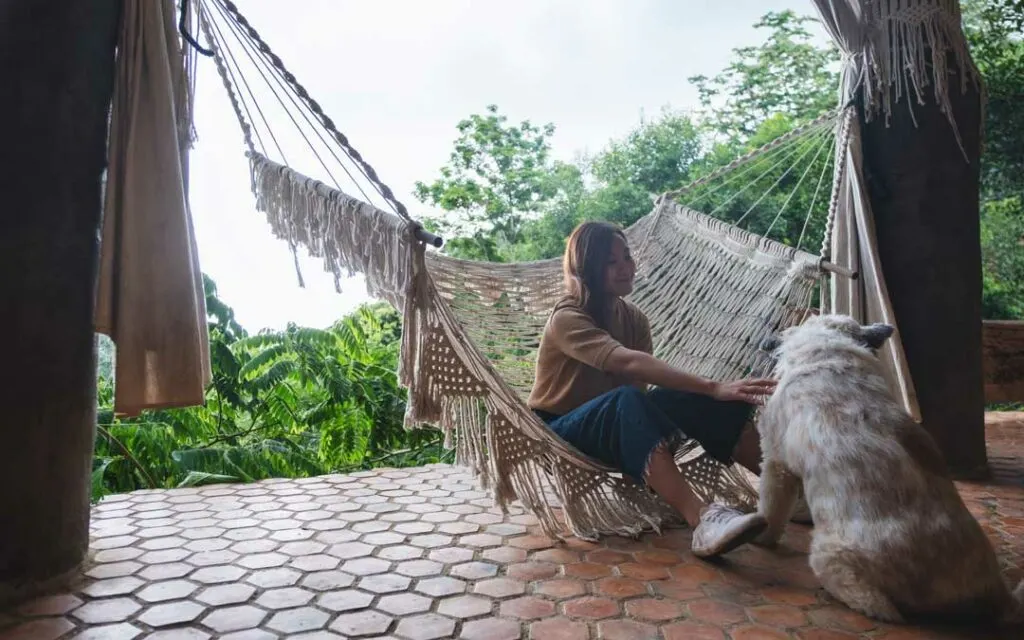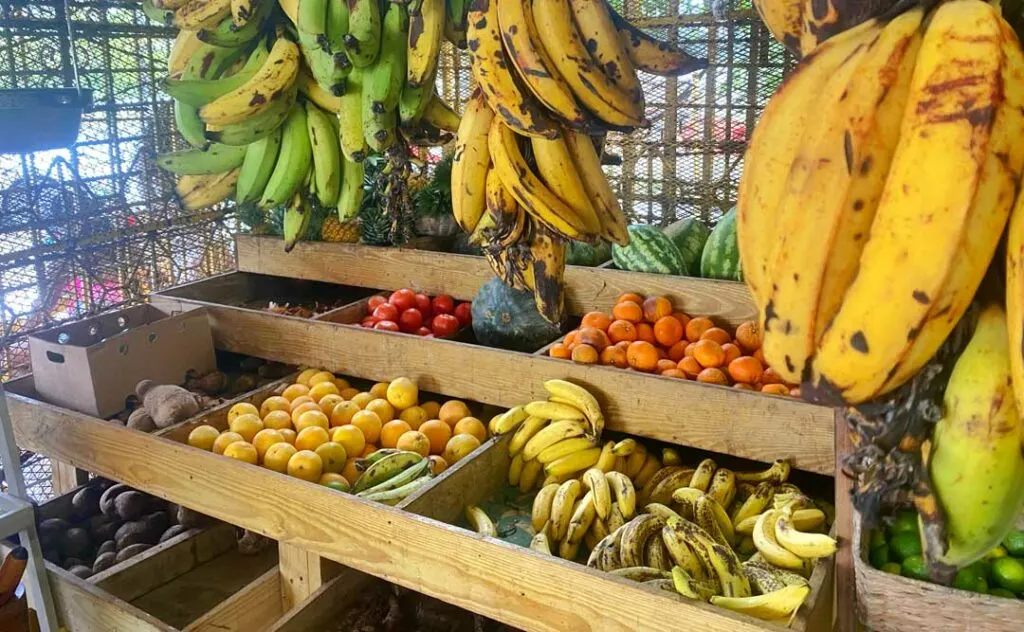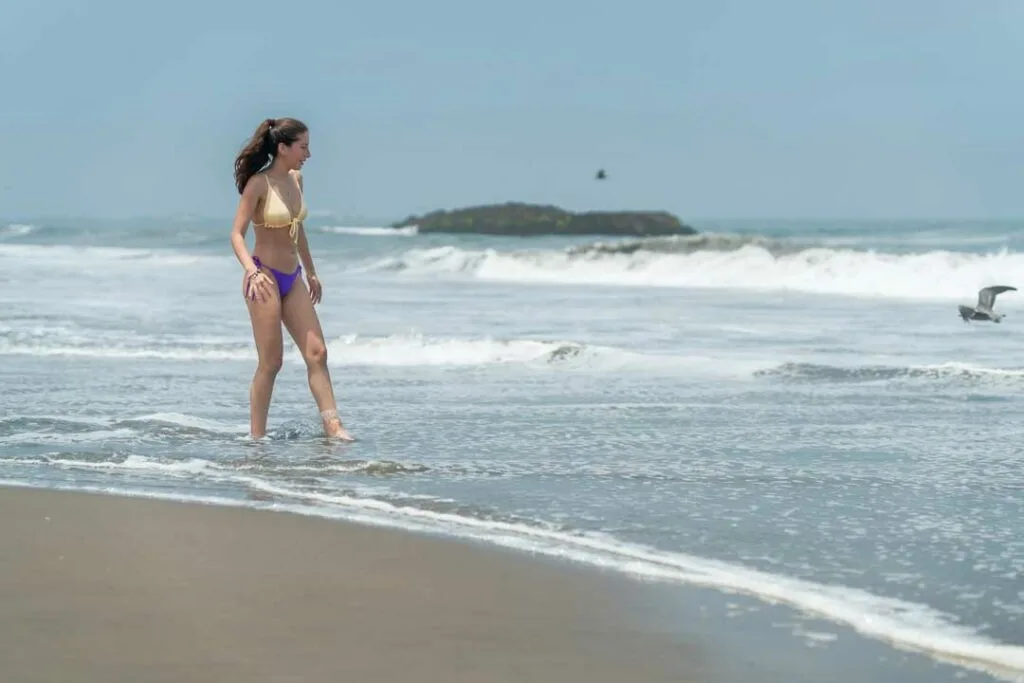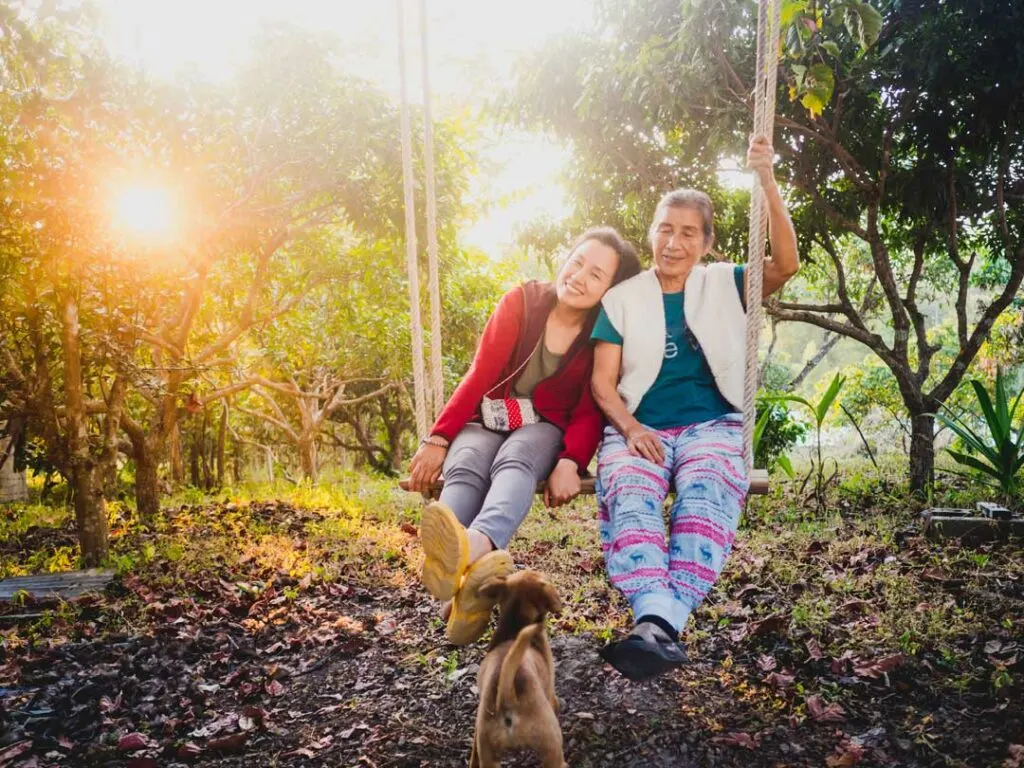Wondering about the cost of living in Nicaragua? This monthly expat budget breakdown makes planning easy and stress-free.

Moving to a new country is exciting, but knowing how to manage your finances in an unfamiliar economy can be pretty nerve-wracking. If you’re considering a move to Nicaragua or have already landed in this vibrant, tropical paradise, you’re probably wondering one thing: How much does it actually cost to live here?
Cost of Living in Nicaragua: Monthly Budget Guide for Expats
Spoiler alert: The cost of living in Nicaragua is much lower than what you might be used to, making it an appealing destination for expats. But to make your transition smooth and sustainable, you’ll need to plan your monthly budget carefully. This post will break down the fundamental expenses you need to factor in—from housing and groceries to those hidden costs you might not think about.
Housing
For most of us, rent or housing is the largest monthly expense. The good news? Housing in Nicaragua is incredibly affordable compared to countries like the US, Canada, or much of Europe.
- Rent: If you’re living in one of the larger cities like Granada or León, you can expect to pay roughly $300–$700 per month for a one- or two-bedroom apartment in a decent area. Opt for something more luxurious or closer to tourist hotspots, and the price could rise. Looking to save big? Rural areas or smaller towns often have rentals starting at $150 per month.
- Utilities: Be mindful of your electricity usage, as air conditioning can increase bills significantly. On average, expect to pay between $50–$100 for electricity, water, and gas. Internet access will add another $25–$50.
Bonus tip

Furniture can be hit or miss if you rent unfurnished spaces, so budget for a little extra if you need to make your place feel more like home.
Food and Groceries
Food in Nicaragua is a treat for both your taste buds and wallet. Whether you’re grabbing a bite of gallo pinto (rice and beans) at a local eatery or cooking at home, food is budget-friendly across the board.

- Eating Out: Nicaraguan street food and local restaurants can cost as little as $2–$5 per meal. Fancy something more international or high-end? Dinners at nicer places typically range from $10–$20 per person.
- Groceries: Weekly trips to the local markets for fresh produce will only set you back around $20–$30. However, imported goods at supermarkets can be more expensive than you’d expect. Peanut butter or specialty cheeses, for instance, might feel like luxury items.
Transportation
Getting around in Nicaragua is a breeze, and you’re not going to break the bank doing it.
- Public Transport: Buses are one of the cheapest ways to travel locally, with fares as low as $0.25–$1 depending on the distance.
- Taxis and Rideshares: Ridesharing apps and taxis charge a little more, typically $2–$7 for rides within the city. Always settle on the price before hopping into a cab, though, as meters aren’t typically used.
- Owning a Car: Many expats choose to buy or rent cars, especially if they’re exploring rural areas. While gas prices hover around $4–$6 per gallon, maintenance costs are lower than in North America or Europe.
Healthcare
This might be the part where you give a sigh of relief. Healthcare is surprisingly affordable and accessible in Nicaragua.
- A visit to a private clinic typically costs $30–$50. If you need ongoing medication, most prescriptions are available at reasonable prices.
- Many expats also opt for private health insurance, which can cost anywhere between $40–$80 per month for basic coverage.

Still, it’s a smart move to research and visit local doctors to make sure you’re comfortable with the level of care, especially for chronic conditions.
Entertainment and Leisure
Nicaragua isn’t just about day-to-day living costs. It’s also about enjoying life. Whether it’s sipping a mojito on a pristine beach, exploring volcanic landscapes, or taking salsa lessons in the city, entertainment options are plentiful and cheap.

- Weekend trips to tourist spots like San Juan del Sur or Ometepe might cost you $50–$150, depending on your preferences for accommodations and activities.
- Local cinema tickets cost about $4.
- Gym memberships or yoga classes hover around $20–$35 per month.
Want to keep a tight lid on costs? Try mingling with locals and engaging in cultural events, which are often free!
Miscellaneous Expenses
Lastly, consider adding a small buffer to your budget for miscellaneous or unexpected expenses. These could include things like phone plans (typically $10–$20/month), personal shopping, or small luxuries like coffees at Nicaragua’s many delightful cafes ($1–$3 per cup).
Total Monthly Budget
To wrap things up, here’s a quick estimate of what monthly expenses may look like for different lifestyles.
- Simple Living: $500–$800 (e.g., minimal dining out, local housing, and public transportation).
- Comfortable Living: $1,000–$1,500 (e.g., dining at restaurants, mid-range housing, and occasional trips).
- High-End Living: $2,000+ (e.g., luxury accommodations, imported goods, and private transport).
Make the Most of Life in Nicaragua
Transitioning to life in Nicaragua might seem overwhelming at first, but a little planning goes a long way. By understanding the cost of living in Nicaragua and setting a realistic budget, you can truly enjoy the country’s rich culture, stunning landscapes, and vibrant communities without unnecessary stress.

If you’ve already taken the leap or are seriously considering it, take some time to focus on financial planning now so you can spend less time worrying and more time living.

Jessi is the creative mind behind The Coffee Mom, a popular blog that combines parenting advice, travel tips, and a love for all things Disney. As a trusted Disney influencer and passionate storyteller, Jessi’s authentic insights and relatable content resonate with readers worldwide.
